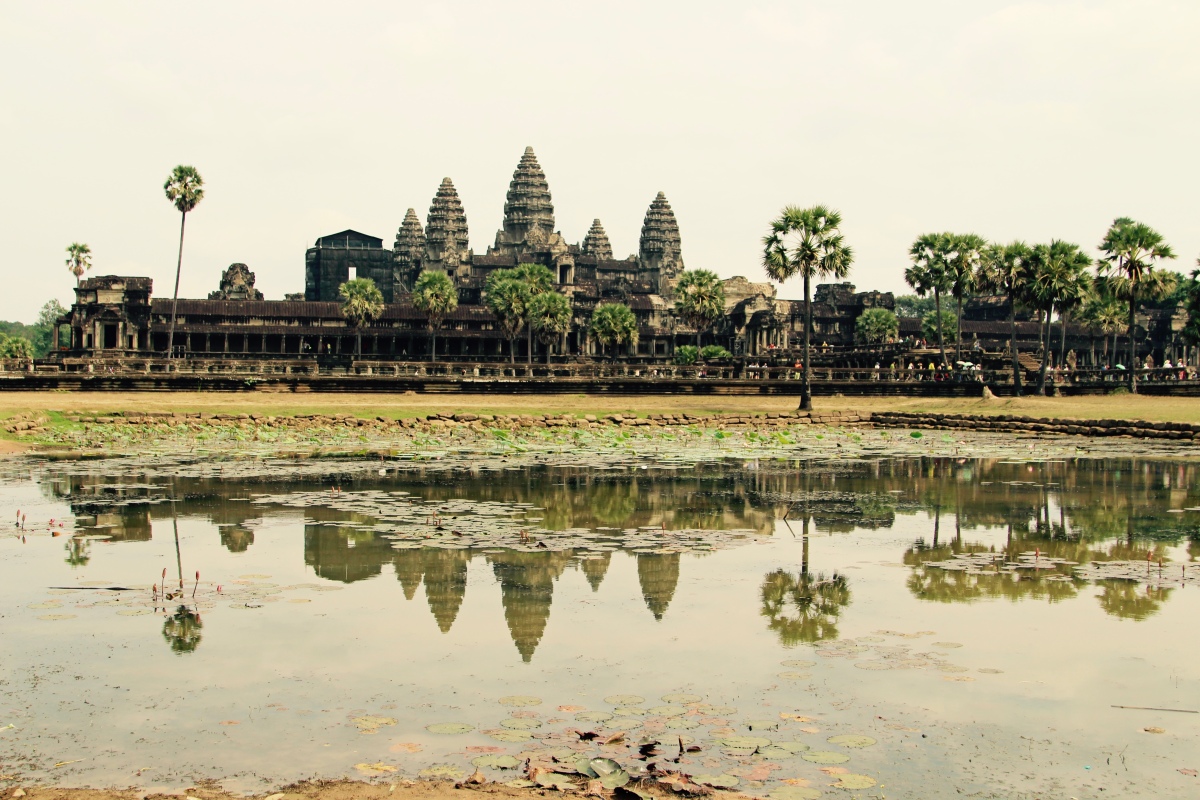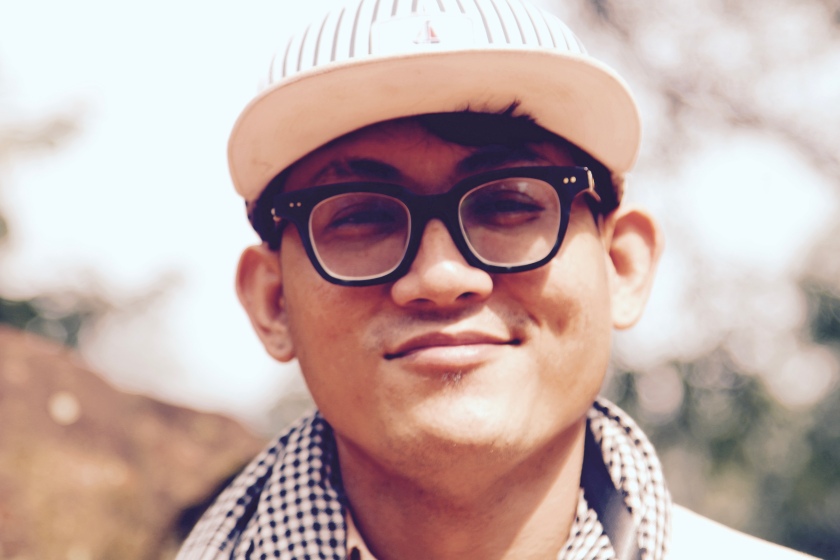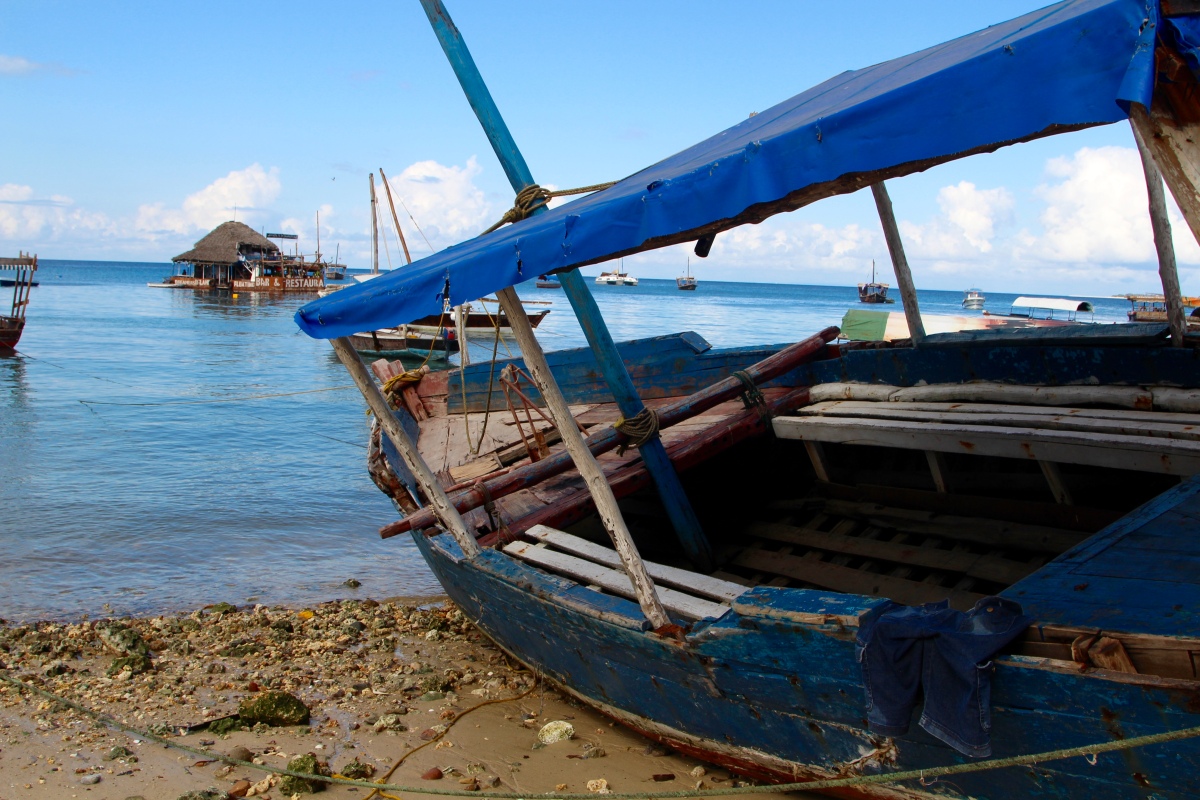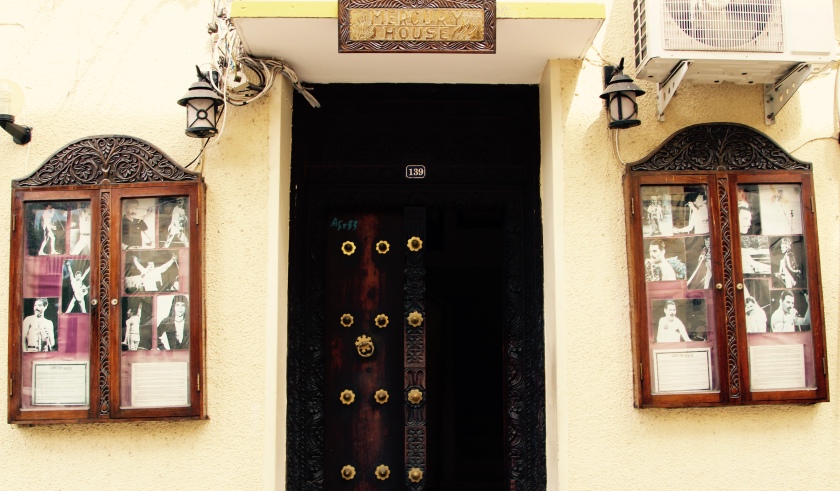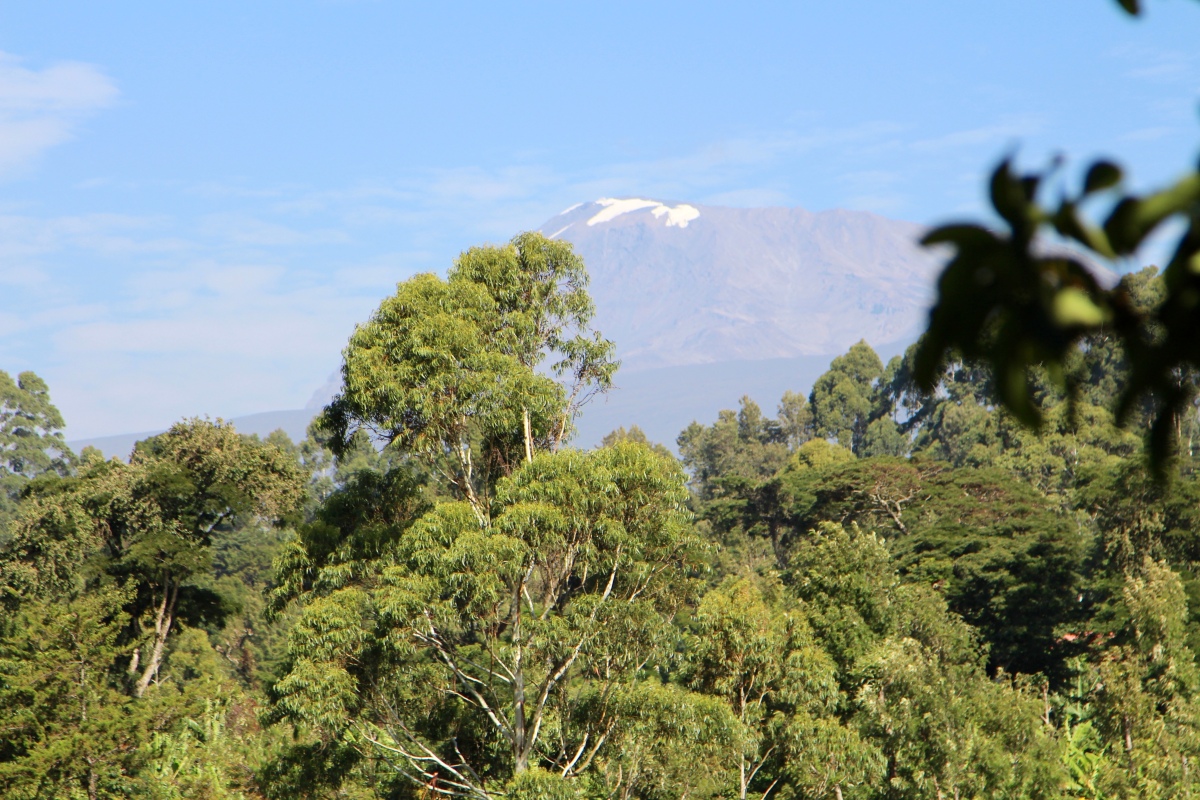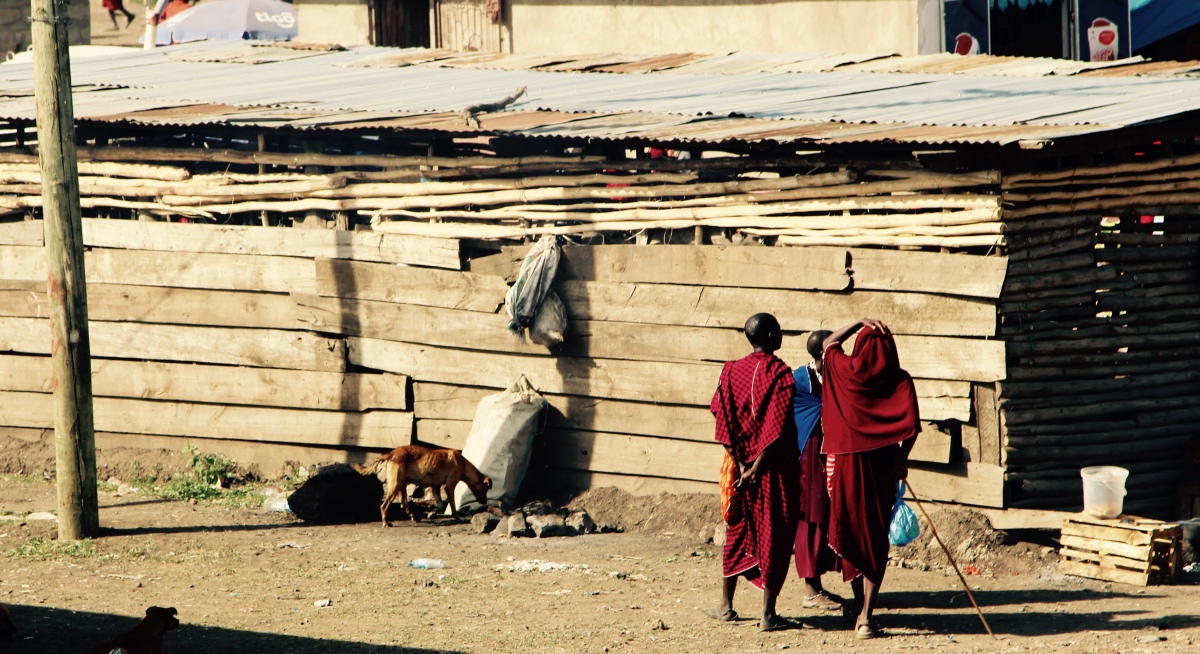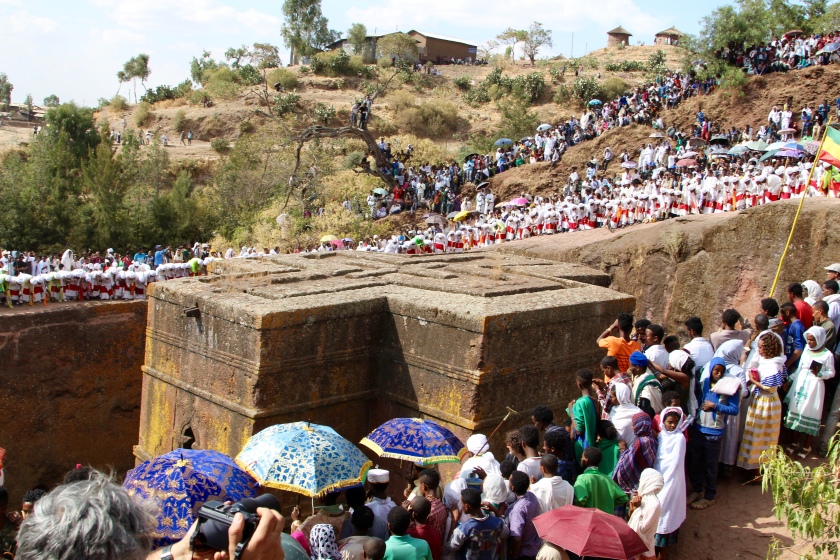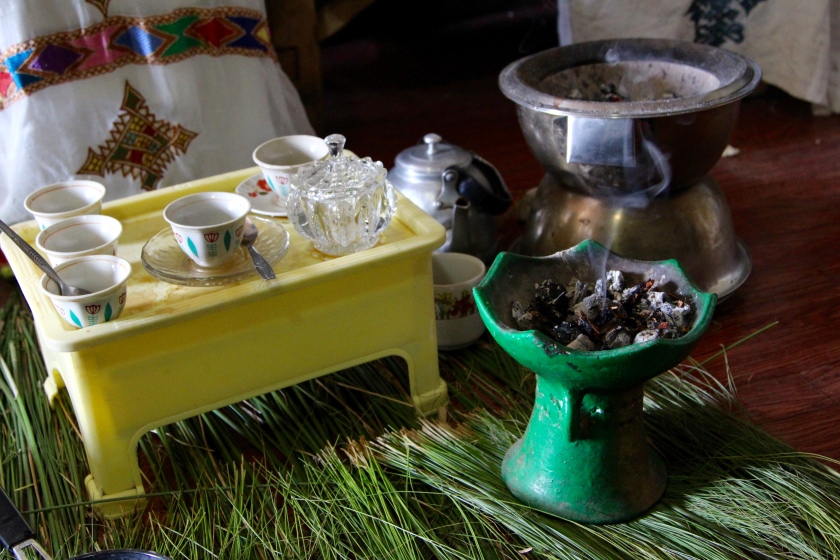“In a free society, some are guilty, but all are responsible.” ~ Rabbi Abraham Joshua Heschel
Tree of Life
I’ve been reflective and sad about this week’s many horrors. The shooting at Tree of Life synagogue in Pittsburgh’s Squirrel Hill neighborhood hits home in a particularly personal, deep and pervasive way.
I am lucky that until the 2016 election, I never felt afraid for being who I am. That’s a privilege too many others don’t enjoy, and I’m well aware of it. In the weeks following election day, for the first time I felt viscerally afraid of being targeted. I would occasionally shake in fear, trying to stop my mind from jumping ahead and assuming the worst — that we were on the road to repeating some of the worst chapters of human history. All I had learned growing up as a Jewish girl about the Holocaust, the slow creep of fascism that took over Germany and Europe, and the violence that members of my own family had fled, I tried to tell myself this wasn’t the same. Trump wrote The Art of the Deal, after all, not Mein Kampf. My fear was one I inherited, but one that I know Muslims, Latinos, Black, LGBTQ, and many other communities have felt for their entire lives in this country.
Yet, once the initial shock and fear waned, I also knew that Jews still enjoy a relative privilege in America. I didn’t really feel that being Jewish impacted me on a day-to-day basis, or that I was “other.” Instead, I was more enraged by those who excused or ignored the worst inclinations of the white nationalist ideology baked into the politics of those currently in power.
But today, I remember how often I find myself grateful that my name is a Scottish name.
That while I look Jewish, I’m often glad I’m just as easily mistaken for something else. Italian. Spanish, etc.
In fact, I remember being relieved that when I travel abroad, Turks think I’m Turkish. Portuguese think I’m Portuguese. Greeks think I’m Greek, etc.
I remember how I tell people I’m a Canadian Christian, not an American Jew, when I’m traveling alone in places where I don’t blend in.
Maybe a sense of otherness is with me more than I’ve acknowledged.
Then, I remember the evangelical sisters who scared me half to death by telling me that I and the people I love would be going to hell if I didn’t accept Christ when I was a young, impressionable and vulnerable teenager.
I remember the man who screamed “kike” out his car window on my bat mitzvah day, while I waited outside my synagogue to greet people. Just a few miles past my home in Pennsylvania, in the neighboring county, the KKK was alive and well.
I remember how we advised the youth group kids we supervised during a backpacking trip in Washington State that they should not wear their kippot out in public.
I remember touring the grounds of Sobibor, Majdanek, Treblinka, and Auschwitz as a 15-year-old. Staring at the ashes in the ovens. The mass graves long-since covered up. The little blue hand prints on the walls of the gas chambers — of children who had tried to claw out.
I remember my Zayde (great grandfather), who left Poland well before WWII, escaping the pogroms that plagued his country. The tales of the relatives never heard from again. I remember that he would not speak a word of what he saw and experienced before he left.
I remember learning about the Holocaust for the first time in Hebrew school. With a turn in my stomach, I walked up to my teacher as everyone else was leaving the classroom. I asked him, “Could that happen in America?” He looked at me and blinked. He was silent for a moment. And then he said, “Yes.”
It wasn’t the answer I was hoping for.
“Those who cannot remember the past are condemned to repeat it.” ~ George Santayana
And so today, today I recognize that in fact, at a very young age I learned all the ways in which I was other and that nothing, not even America, would inherently protect me from the flames of hatred.
To Yoke
My main ‘spiritual’ community of late has been more yogic than Jewish. But I think that’s been possible because yogic philosophy is inherently compatible with the deepest ethics I hold, those forged by my Jewish heritage: The insistence that to be a good Jew, one must be committed to justice and to repairing the world. That love and goodness are shown through action, not through belief and sentiment. That redemption requires reconciliation with the people we have impacted.

I don’t come from a deeply religious family. Yet as a teenager who was pretty involved in a Jewish youth group, I enjoyed digging into Jewish texts for the two years where I was observant on shabbat.
Rabbi Abraham Joshua Heschel’s The Sabbath: It’s Meaning for Modern Man (great read!) introduced me to a deeper understanding of the Jewish sabbath. For Heschel, shabbat was a weekly opportunity to step out of modern life and connect to a sense of timelessness. Heschel, himself a survivor of the Holocaust, insisted that the Jewish god gave us the sabbath so that we could embody the practice of being. Not having material things or doing work. To cut off modern noise and enter the joy of being.
How deeply yogic.
Also yogic? The sense that the external world informs what lies within ourselves. When someone angers or annoys you, it is some reflection of yourself you are wrestling with. And there are Jewish roots to this view, too. Baal Shem Tov wrote “If a man has beheld evil, he may know that it was shown to him in order that he learn his own guilt and repent; for what was shown to him is also within him.”

Wisdom like this may have informed Heschel’s commitment to social justice. Heschel marched with MLK in Selma and reflected on his experience by saying “I felt my legs were praying.” He believed that the prophets of old revealed the anguish of god over the injustices and sorrows of their day. And he believed King was a modern-day prophet. At a rabbinical convention, he introduced King by saying that “the whole future of America depends on the impact and influence of Dr. King.”
Martin Luther King is a sign that God has not forsaken the United States of America. ~ Heschel, before a rabbinical convention
Today, if we did not already understand it, all Jews see that we, too, are “other” to the white nationalist narrative of America, as are people of color, immigrants, LGBTQ, and many others. But we should have known this because white nationalism birthed Nazi ideology. Students of history will find that Nazi society’s design was shaped and inspired by America’s treatment of black Americans and the Jim Crow era.
Yoga literally means to yoke in Sanskrit. To join, to harness, to unite. More than ever, our times are calling for yoga, for the wisdom of Heschel and the legacy of King, in order to unravel the illusions of otherness and find the courage to act for justice.
I meet the hatred and violence of today’s America with horror and deep sadness. But also with resolve. We must repair this world together. We must see our struggle in the struggle of others and know that they are bound at their roots. And we must let our legs be the prayer that marches us toward a better world.
Namaste.




